Picture a valley in North Africa, described by Yamaguchi & Haddane (2002):
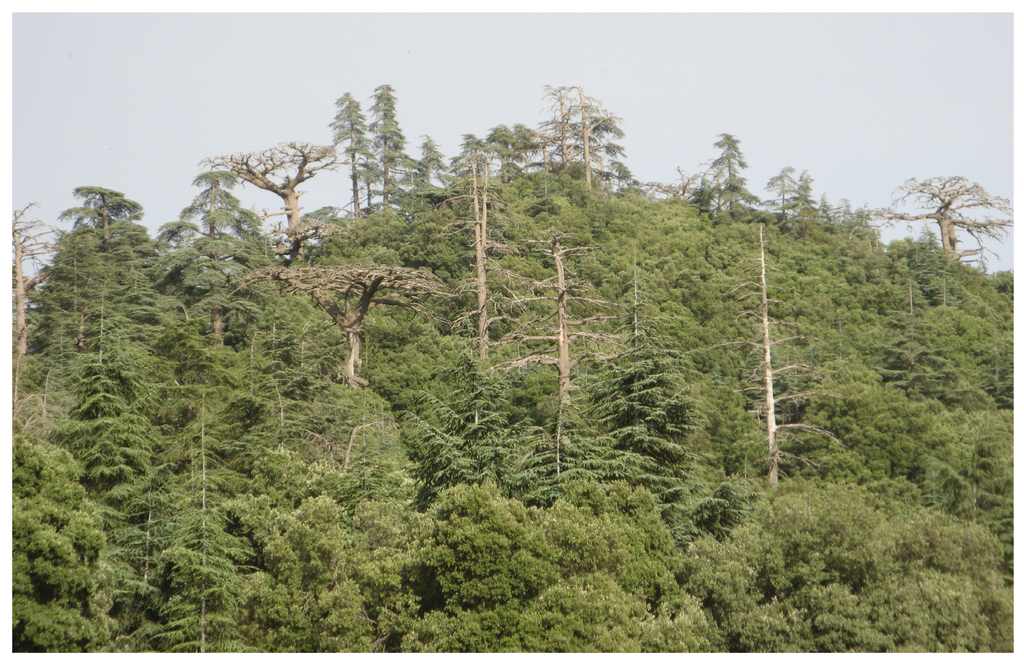 “…Between the Middle and High Atlas lies a rocky mountainous area where green oaks dominate the landscape…where the endangered Barbary leopard may still survive… Barbary macaques (Macaca sylvanus), Barbary sheep (Ammotragus lervia) and wild boars live there, and Cuvier’s gazelles (Gazella cuvieri) and Barbary red deer (Cervus elaphus barbarus) may also be reintroduced…lions may be released into a securely-fenced semi-natural enclosure…to live with minimum human intervention…, releasing them into an open area is out of question… “
“…Between the Middle and High Atlas lies a rocky mountainous area where green oaks dominate the landscape…where the endangered Barbary leopard may still survive… Barbary macaques (Macaca sylvanus), Barbary sheep (Ammotragus lervia) and wild boars live there, and Cuvier’s gazelles (Gazella cuvieri) and Barbary red deer (Cervus elaphus barbarus) may also be reintroduced…lions may be released into a securely-fenced semi-natural enclosure…to live with minimum human intervention…, releasing them into an open area is out of question… “
In the North African biosphere, the prey biomass densities are much lower than in the savannahs of Sub-Saharan Africa or the dry forests of western India. The Moroccan Atlas is likely, on average, to be able to support probably less than four lions per 100km2. In the Gir Forest in Gujarat, India, where domestic livestock as a supplementary prey base, the carrying capacity of lions is estimated at around 15 lions per 100 km2 (Banerjee et al., 2013).
Other comparisons with the higher energy, prey dense and open landscape of the Gujarat (where lions can leave the forest for surrounding human-dominated areas in times of food shortfalls) show how constrained the landscape in North Africa would be:
- Gir Forest, Gujarat (1500 km2) – 400 lions
- Kodinar coastal forest, Gujarat (60 km2) 12+ lions
Translocation of lions in India has been planned for some time. The planned release site in Kuno Wildlife Sanctuary (an area of 900 km2) would involve reintroduction of only 5-8 animals intially (with plans to move 1-2 adult males every 5 years out of the sanctuary). So, even in a relatively large and currently established wildlife habitat with a reasonably dense prey base, only a very small number of lions would be released.
Additional complications of home range size and number of groups would be a major constraint for any lion reintroduction in North Africa. Would North African animals live in large prides as cmomonly encountered on the African savannah, in family groups, or would a single lioness holds resource territory while male coalitions attempt to maximize female groups within their range, as in India? (Black et al., 2013; Yadvendradev et al, 2009)?
Whilst having wild lions back in North Africa is a big dream for some, it has practical limitations. And then there are the significant needs of local people…
Reading:
Banerjee K, Jhala YV, Chauhan KS, Dave CV (2013) Living with Lions: The Economics of Coexistence in the Gir Forests, India. PLoS ONE 8(1): e49457. doi:10.1371/journal.pone.0049457
Black SA, Fellous A, Yamaguchi N, Roberts DL (2013) Examining the Extinction of the Barbary Lion and Its Implications for Felid Conservation. PLoS ONE 8(4): e60174. doi:10.1371/journal.pone.0060174
Linares, J.C., Taïqui, L. and Camarero, J.J. (2011) Increasing Drought Sensitivity and Decline of Atlas Cedar (Cedrus atlantica) in the Moroccan Middle Atlas Forests Forests, 2(3), 777-796; doi:10.3390/f2030777
Yamaguchi N, Haddane B. (2002) The North African Barbary lion and the Atlas Lion Project. International Zoo News 49 (321): 465-481.
Yadvendradev, V.J. et al. (2009) Home range and habitat preference of female lions (Panthera leo persica) in Gir forests, India. Biodiversity and Conservation.DOI: 10.1007/s10531-009-9648-9


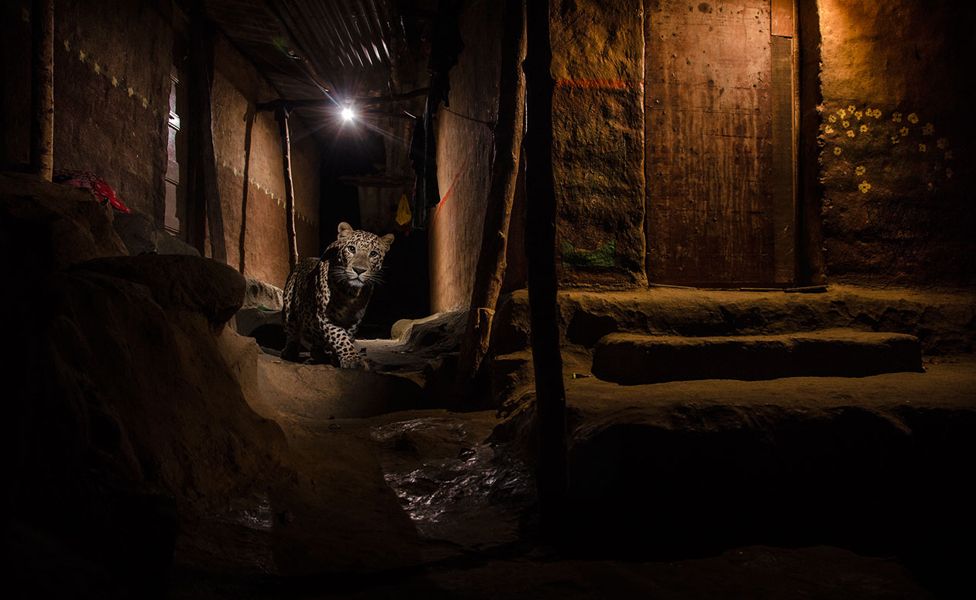
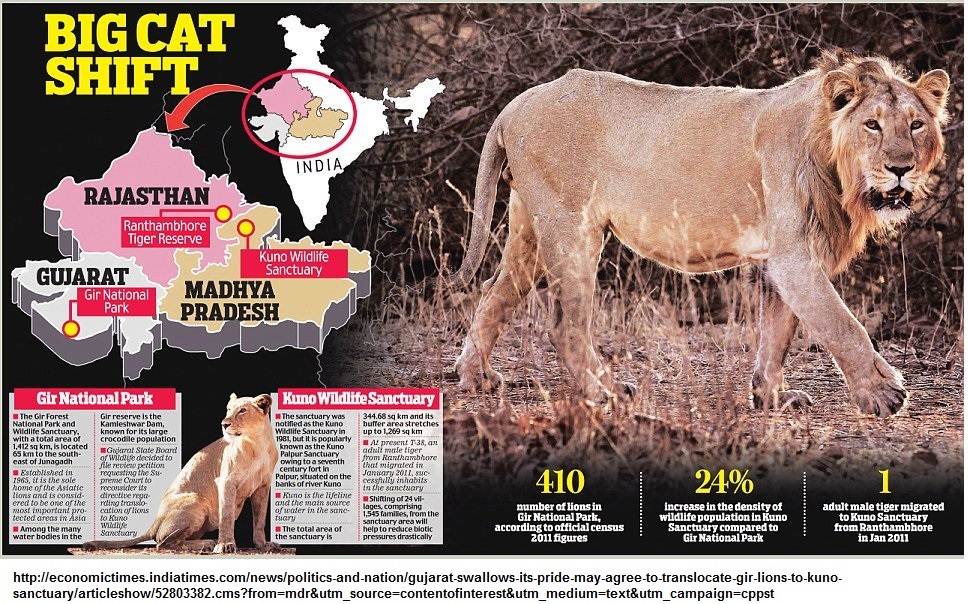

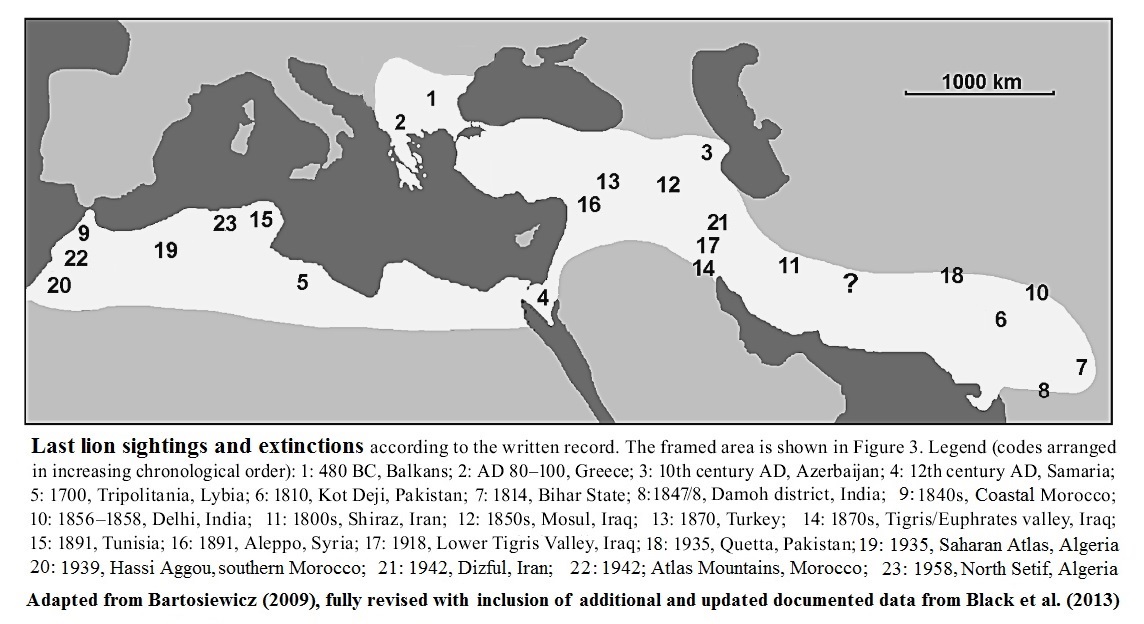

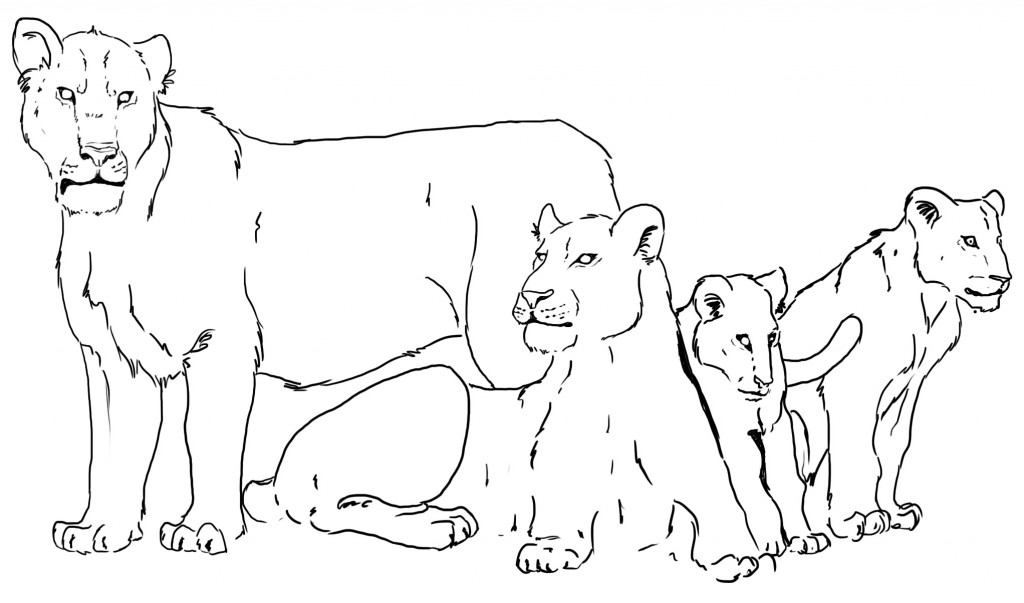
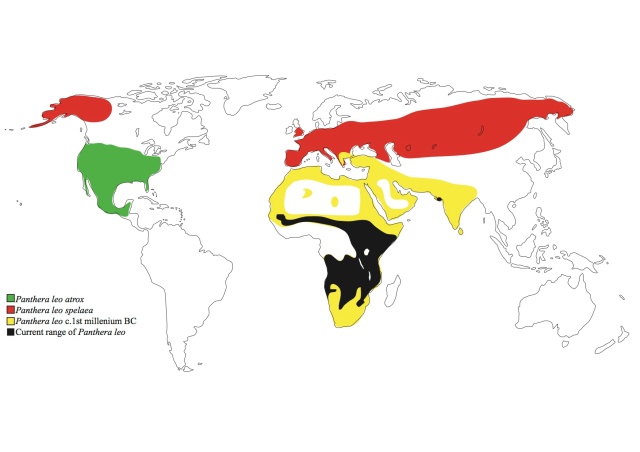
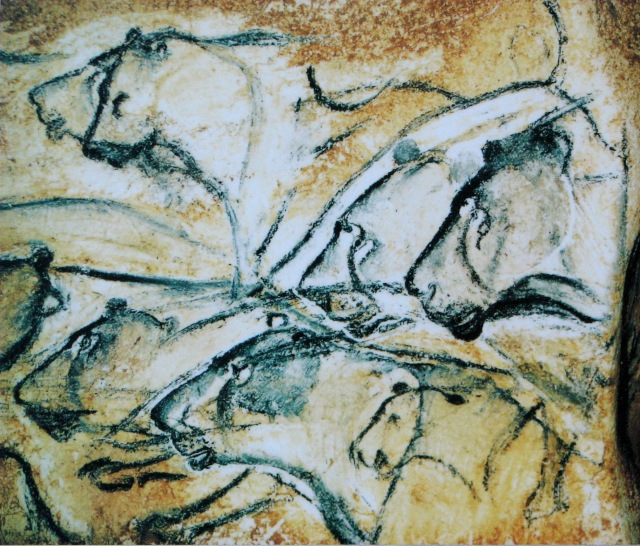
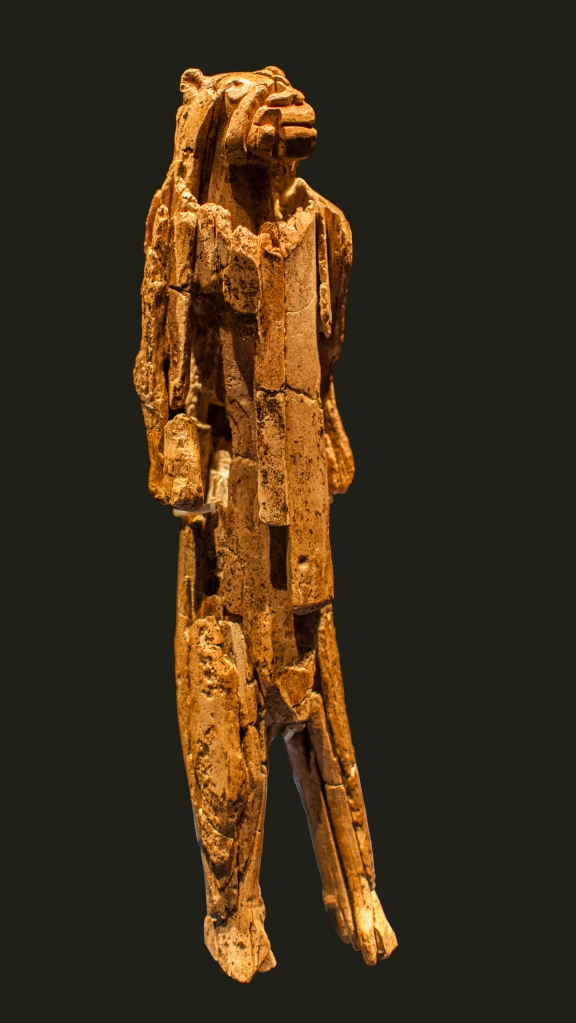
 “…Between the Middle and High Atlas lies a rocky mountainous area where green oaks dominate the landscape…where the endangered Barbary leopard may still survive… Barbary macaques (Macaca sylvanus), Barbary sheep (Ammotragus lervia) and wild boars live there, and Cuvier’s gazelles (Gazella cuvieri) and Barbary red deer (Cervus elaphus barbarus) may also be reintroduced…lions may be released into a securely-fenced semi-natural enclosure…to live with minimum human intervention…, releasing them into an open area is out of question… “
“…Between the Middle and High Atlas lies a rocky mountainous area where green oaks dominate the landscape…where the endangered Barbary leopard may still survive… Barbary macaques (Macaca sylvanus), Barbary sheep (Ammotragus lervia) and wild boars live there, and Cuvier’s gazelles (Gazella cuvieri) and Barbary red deer (Cervus elaphus barbarus) may also be reintroduced…lions may be released into a securely-fenced semi-natural enclosure…to live with minimum human intervention…, releasing them into an open area is out of question… “![North Africa's historical biodiversity is compatible with India temperate regions - even elephant existed in the Maghreb until historical times. Modern India is justifiably proud of its biodiversity heritage [Map adapted with North African additions from concept by Karanth (2014) photos: K. Varma, N. Mehta, S. Mahanta, H.S. Singh, H. Malik].](http://blogs.kent.ac.uk/barbarylion/files/2015/01/India-and-North-Africa-Fauna-enhanced-1024x711.jpg)
